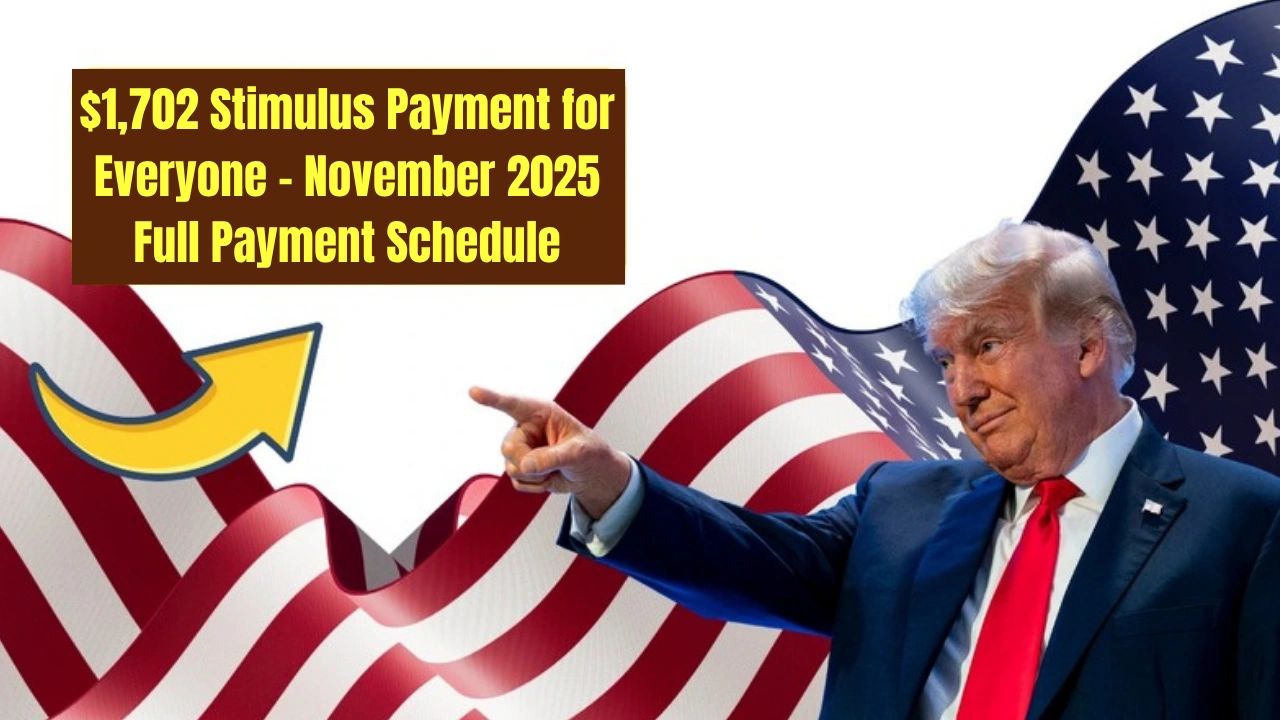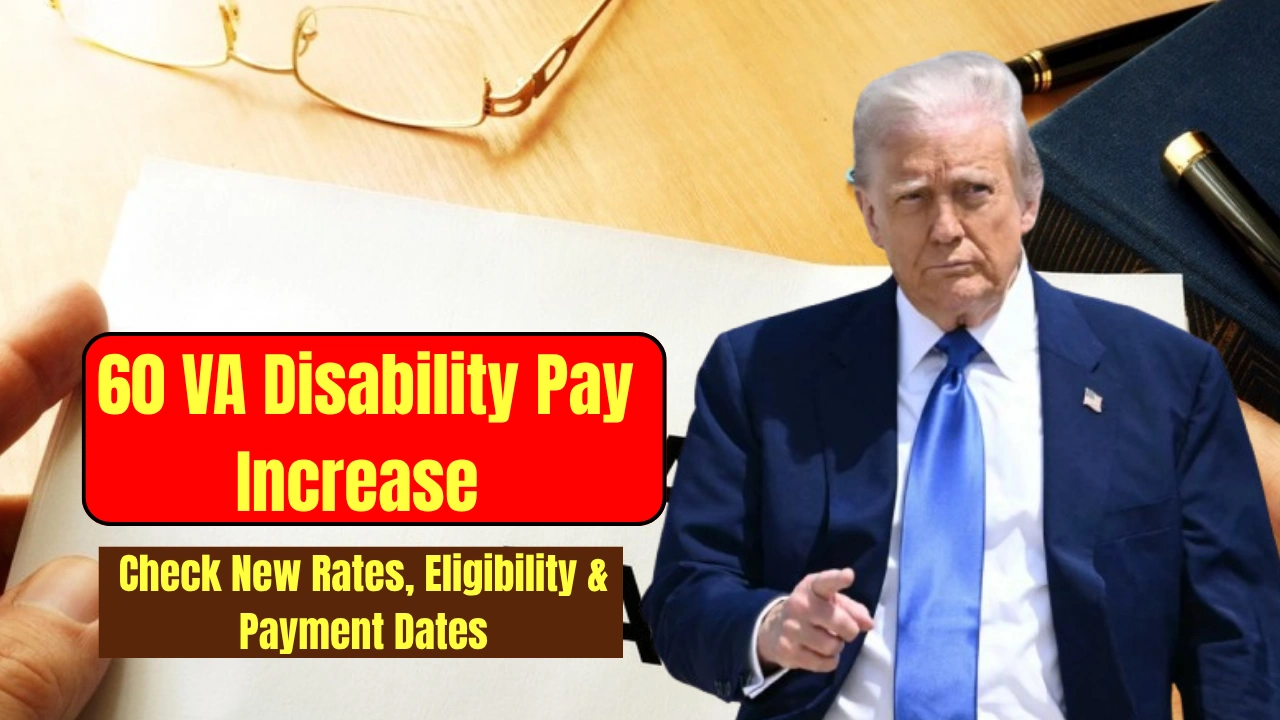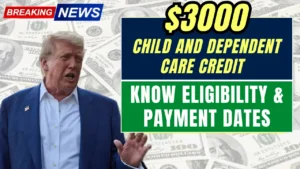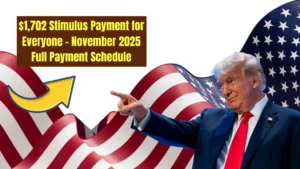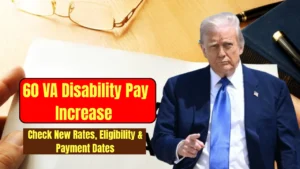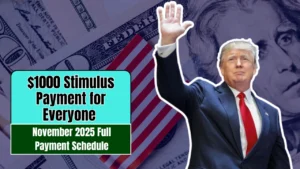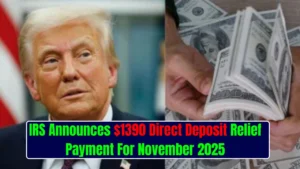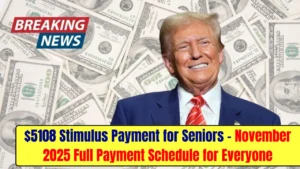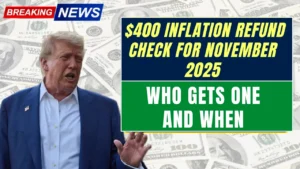The $1390 Direct Deposit Relief Payment is bringing a wave of hope to many Americans who have been stretched thin by the rising cost of living. If you have been watching your grocery bills climb or your rent slowly take over your paycheck, you are not alone. Inflation has been hitting hard, and this payment could be the break you have been waiting for.
What makes the $1390 Direct Deposit Relief Payment so important right now is not just the amount, but how it is being delivered. This is not like the stimulus checks everyone received during the pandemic. It is more focused, faster, and designed to go straight to the people who need it the most. In this blog, we will break down who qualifies, when you will get the money, how to check your status, and what sets this relief effort apart from others. If you are wondering whether you are eligible, or just trying to understand how this impacts you, you are in the right place.
Table of Contents
$1390 Direct Deposit Relief Payment: What You Need to Know
The $1390 Direct Deposit Relief Payment is not just another check from the government. It is a focused effort to ease the burden of inflation on lower and middle-income households. This payment is being sent out automatically to eligible recipients using the latest tax and Social Security records. No extra paperwork, no reapplying. Just a simple deposit into your bank account if you qualify.
What makes it even better is the timing. Payments are rolling out in November 2025, just in time for families to catch up on bills or cover holiday expenses. If you filed your 2024 tax return and meet the income limits, there is a good chance you are already in line for this financial support. From single workers to retired seniors on fixed income, the program covers a broad range of citizens who need a little help right now.
Overview of $1390 Direct Deposit Relief Payment
| Key Detail | Information |
| Program Name | $1390 Direct Deposit Relief Payment |
| Launch Date | November 2025 |
| Payment Method | Direct Deposit preferred, paper checks available |
| Eligibility Income (Single) | Less than $75,000 annually |
| Eligibility Income (Joint Filers) | Less than $150,000 combined |
| Payment for Single Filers | $1390 |
| Payment for Joint Filers | $2780 |
| Social Security Recipients | Automatically receive $1390 |
| Dependent Credits | Partial payment based on dependent status |
| IRS Tools Available | “Get My Payment” and “Where’s My Refund” tools |
Purpose of the New Relief Program
The goal behind this relief payment is simple: ease the pressure that inflation has put on essential living costs. Over the past year, prices have gone up across the board. Food, gas, healthcare, and rent are taking up more of everyone’s budget. The $1390 Direct Deposit Relief Payment is meant to give qualified individuals a financial cushion to catch up or keep up with those rising costs.
Unlike previous universal payments, this initiative is carefully targeted. Only those with moderate to low income, or those on Social Security benefits, are being considered. This ensures that the relief money actually gets to the people who are struggling the most, not just everyone across the board.
Who Will Get the Payment Automatically?
If you are wondering whether you need to fill out a form or apply online, the good news is you do not. The IRS is using your 2024 tax return to determine eligibility for the $1390 Direct Deposit Relief Payment. If your return shows that your income is below the cutoff limits, the money will be sent to you automatically.
This also includes Social Security recipients. If you receive SSI, SSDI, or other federal retirement benefits, and your direct deposit information is already on file, you do not need to lift a finger. The payment will land in your account just like your regular benefits. If for some reason you receive a paper check, expect a slight delay due to mail processing.
How to Check Your Payment Status
The IRS is updating its online tools to make tracking your payment easy. Two main tools are available: “Get My Payment” and “Where’s My Refund”. These allow you to check if the payment has been processed, sent, or is on the way to your account.
To use them, you will need to enter your Social Security number, filing status, and some basic information from your last tax return. If your banking details have changed recently, make sure to update them right away to avoid any delays in receiving the $1390 Direct Deposit Relief Payment.
How Is This Different from Past Stimulus Checks?
Many people are comparing this to the stimulus checks issued during the pandemic, but there are some major differences. First, this payment is not universal. It is aimed at people who are feeling the impact of inflation the hardest. That means eligibility is stricter and focused only on those within certain income brackets or receiving government benefits.
Second, this is not a one-time plan. The government is considering more targeted programs like this in the future, depending on how the economy behaves. That makes this a first step, not just a final move, in helping Americans manage tough economic times.
Status of other proposed relief programs
Several other payment programs have been floated recently, though none are confirmed yet. Here are a few that have been in the news:
- Tariff Revenue Rebate: Proposed by former President Trump, this plan would offer $2000 rebate checks to citizens using money collected from tariffs. No official action has been taken so far.
- The DOGE Dividend: A unique proposal tied to Elon Musk and the Department of Government Efficiency. It would distribute $5000 checks based on projected government savings, but there have been no recent updates.
- The American Worker Rebate: Proposed by Senator Josh Hawley, this would give at least $600 per adult and child in qualifying households. The bill is still in discussion in the Senate Finance Committee.
These ideas are still under consideration, and there is no fixed timeline or confirmation on whether they will become reality.
Important Things to Remember
- Keep your banking and personal information current with the IRS to avoid delays
- Use the IRS tools online to track your payment status
- Payments are automatic if you filed a 2024 tax return or receive federal benefits
- Do not fall for scams; the IRS will not contact you by phone or email for personal information
- This relief is meant to help, not replace regular income, so plan wisely
FAQs
1. When will I get my $1390 payment?
Payments will begin rolling out in early November 2025. Most people will receive them within 3 to 5 business days via direct deposit.
2. Do I have to apply to receive the relief payment?
No application is required. If you filed your 2024 tax return or receive federal benefits, you will receive it automatically if eligible.
3. Can I still get the payment if I changed my bank account?
Yes, but you need to update your new account information with the IRS as soon as possible to prevent delays.
4. What happens if I do not get my payment by the middle of November?
You can use the “Get My Payment” tool on the IRS website to check your status and contact support if necessary.
5. Will this payment impact my taxes or be considered taxable income?
The payment is not expected to be taxable and should not affect your tax return. It is considered a relief credit, similar to past stimulus checks.


